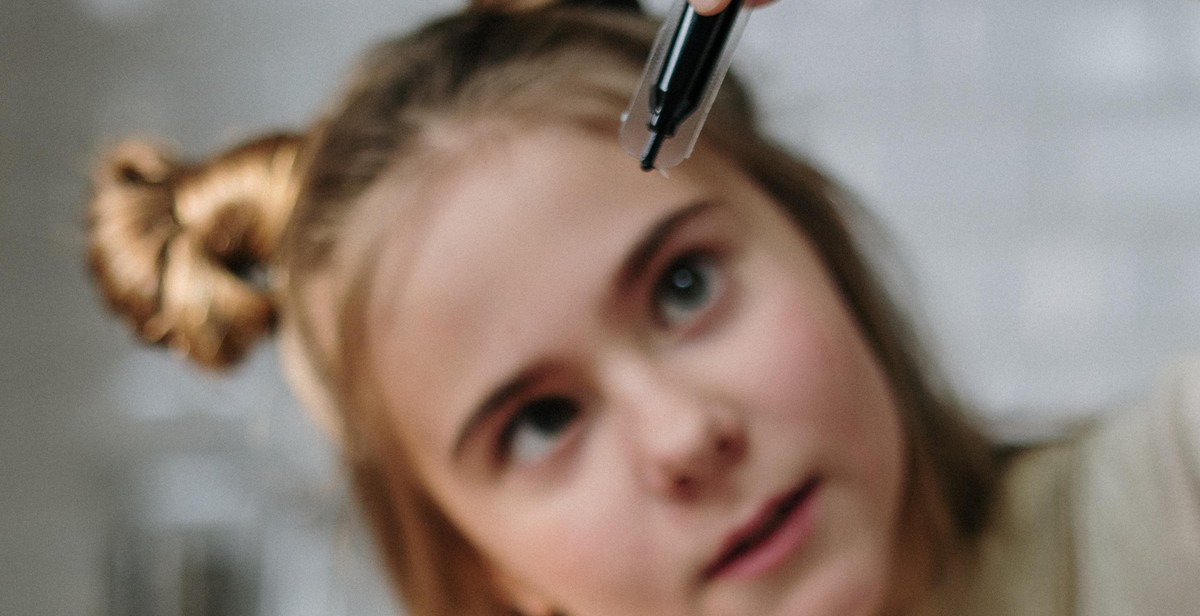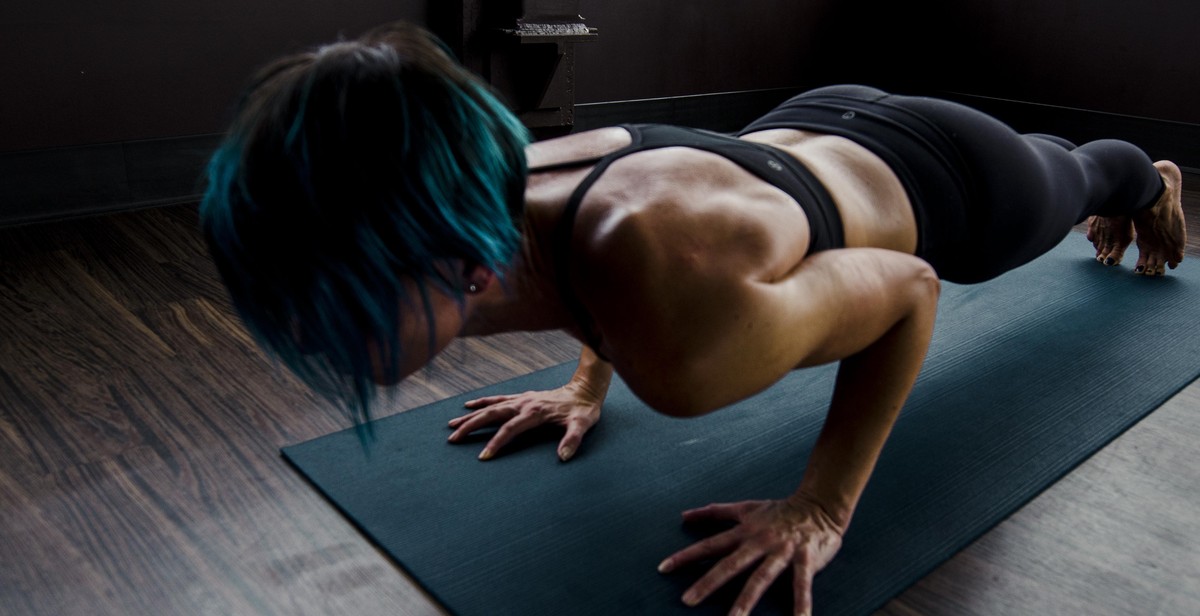How to Care for Chemically Treated Hair to Maintain Health and Shine
If you have chemically treated hair, then you know how important it is to take good care of it. Whether you have dyed, permed, or relaxed hair, chemical treatments can leave your hair feeling dry, damaged, and brittle. However, with the right care, you can maintain the health and shine of your chemically treated hair.
What is Chemically Treated Hair?
Chemically treated hair refers to hair that has been altered using chemical treatments such as hair dye, perm solution, or relaxer. These treatments can change the texture, color, and shape of your hair, but they can also damage your hair if not properly cared for.
Chemical treatments can cause your hair to become dry, brittle, and prone to breakage. They can also strip your hair of its natural oils, leaving it looking dull and lifeless. Therefore, it is essential to have a good hair care routine that is specifically tailored to your chemically treated hair.
- In this article, we will discuss some of the best ways to care for chemically treated hair to maintain its health and shine.
- We will cover topics such as choosing the right products, washing and conditioning your hair, and protecting your hair from heat and environmental damage.
- By following these tips, you can keep your chemically treated hair looking and feeling its best.

Understanding the Different Types of Chemical Treatments
Chemically treated hair requires special care to maintain its health and shine. Understanding the different types of chemical treatments is essential for proper hair care. Here are the two most common types of chemical treatments:
Perms and Relaxers
Perms and relaxers are chemical treatments that change the natural texture of hair. Perms add curls or waves to straight hair, while relaxers straighten curly or wavy hair. Both treatments involve the use of chemicals that break down the hair’s natural protein structure, allowing it to be reshaped.
Perms and relaxers can damage hair if not done correctly. Over-processing can lead to dryness, breakage, and split ends. It is essential to use a professional stylist who has experience with these treatments and to follow the recommended waiting period between treatments to avoid over-processing.
Hair Coloring
Hair coloring is another popular chemical treatment that changes the color of hair. It involves the use of chemicals that penetrate the hair shaft and change its natural pigment. There are several types of hair coloring, including:
- Semi-permanent color: This type of color lasts for a few washes and gradually fades away.
- Demi-permanent color: This type of color lasts for several weeks and gradually fades away.
- Permanent color: This type of color lasts until the hair grows out or is cut.
- Bleaching: This process involves the use of chemicals that lighten the natural pigment of the hair.
Hair coloring can also damage hair if not done correctly. Over-processing can lead to dryness, breakage, and split ends. It is essential to use a professional stylist who has experience with hair coloring and to follow the recommended waiting period between treatments to avoid over-processing.
| Perms/Relaxers | Hair Coloring |
|---|---|
| Changes hair texture | Changes hair color |
| Uses chemicals to break down natural protein structure | Uses chemicals to penetrate hair shaft and change natural pigment |
| Can lead to dryness, breakage, and split ends if over-processed | Can lead to dryness, breakage, and split ends if over-processed |
Understanding the different types of chemical treatments and their effects on hair is essential for proper hair care. It is essential to use a professional stylist who has experience with these treatments and to follow the recommended waiting period between treatments to avoid over-processing and damage to hair.

Tips for Maintaining Healthy Chemically Treated Hair
Chemically treated hair requires special care to maintain its health and shine. Here are some tips to help you keep your chemically treated hair looking and feeling great:
Use Sulfate-Free Shampoo
Chemically treated hair is more delicate than natural hair, and using a harsh shampoo can strip away its natural oils, leaving it dry and brittle. To avoid this, use a sulfate-free shampoo that is gentle on your hair and scalp. Look for shampoos that are specifically designed for chemically treated hair, as they contain ingredients that nourish and protect your hair.
Deep Condition Regularly
Deep conditioning is essential for maintaining healthy chemically treated hair. It helps to restore moisture and nutrients to your hair, leaving it soft, shiny, and manageable. Use a deep conditioning treatment once a week, or more often if your hair is particularly dry or damaged. Look for products that contain ingredients like keratin, argan oil, and coconut oil, as these are known to be effective at repairing and nourishing chemically treated hair.
Avoid Heat Styling Tools
Heat styling tools like flat irons, curling irons, and hair dryers can damage chemically treated hair, causing it to become dry, brittle, and prone to breakage. If you must use heat styling tools, be sure to use a heat protectant spray or serum to minimize the damage. Also, use the lowest possible heat setting and limit the amount of time you spend using these tools.
Protect Your Hair from the Sun
The sun’s UV rays can also damage chemically treated hair, causing it to become dry, faded, and brittle. To protect your hair from the sun, wear a hat or scarf when you are outside, or use a hair product that contains UV filters. You can also use a leave-in conditioner or hair oil that contains SPF to provide extra protection.
Conclusion
By following these tips, you can keep your chemically treated hair looking and feeling healthy and beautiful. Remember to use gentle, nourishing products, deep condition regularly, avoid heat styling tools, and protect your hair from the sun.

DIY Hair Care Solutions
Chemically treated hair requires extra care and attention to maintain its health and shine. Thankfully, there are a variety of DIY hair care solutions that can help keep your tresses looking their best.
Coconut Oil Treatment
Coconut oil is a popular ingredient in many hair care products, and for good reason. Its unique combination of fatty acids helps to nourish and strengthen hair, while also promoting shine and reducing frizz. To use coconut oil as a hair treatment:
- Warm up a small amount of coconut oil in your hands until it becomes liquid.
- Apply the oil to your hair, focusing on the ends and any damaged areas.
- Leave the oil in your hair for at least 30 minutes (or overnight for a deep conditioning treatment).
- Wash your hair as usual, using a gentle shampoo to remove any excess oil.
Honey and Olive Oil Treatment
Honey is a natural humectant, which means it helps to lock in moisture and prevent dryness. When combined with olive oil, another deeply moisturizing ingredient, it can create a powerful hair treatment that helps to nourish and protect chemically treated hair. Here’s how to make a honey and olive oil treatment:
- Mix together equal parts honey and olive oil in a small bowl.
- Apply the mixture to your hair, focusing on the mid-lengths and ends.
- Leave the treatment in your hair for 30-60 minutes.
- Rinse your hair thoroughly with warm water, then shampoo and condition as usual.
Avocado Hair Mask
Avocado is rich in vitamins and minerals that can help to nourish and strengthen hair, making it a great ingredient for a DIY hair mask. Here’s how to make an avocado hair mask:
- Mash one ripe avocado in a bowl until it forms a smooth paste.
- Add a tablespoon of olive oil and mix well.
- Apply the mixture to your hair, focusing on the ends and any damaged areas.
- Leave the mask on your hair for 30-60 minutes.
- Rinse your hair thoroughly with warm water, then shampoo and condition as usual.
By incorporating these DIY hair care solutions into your routine, you can help to keep your chemically treated hair looking healthy and shiny.
